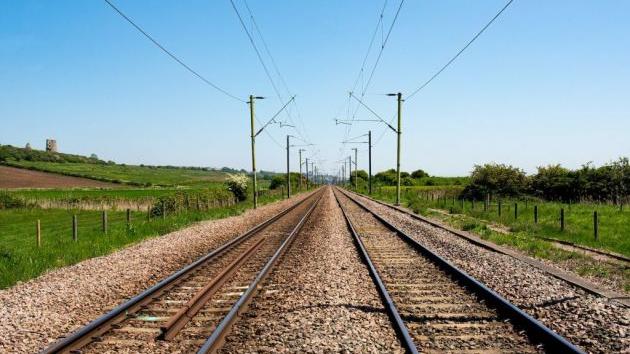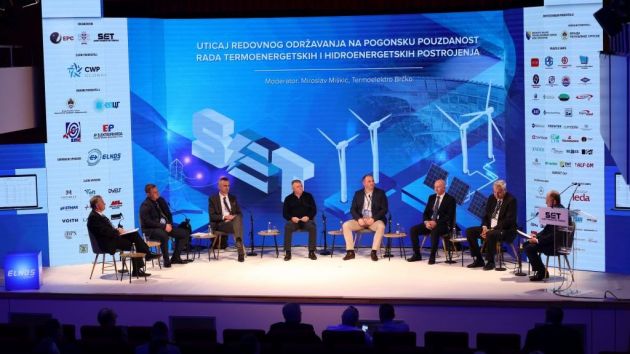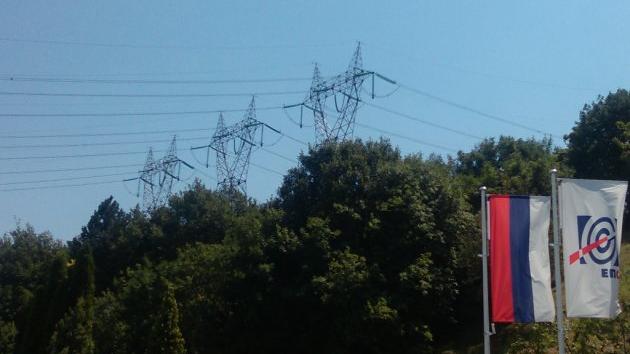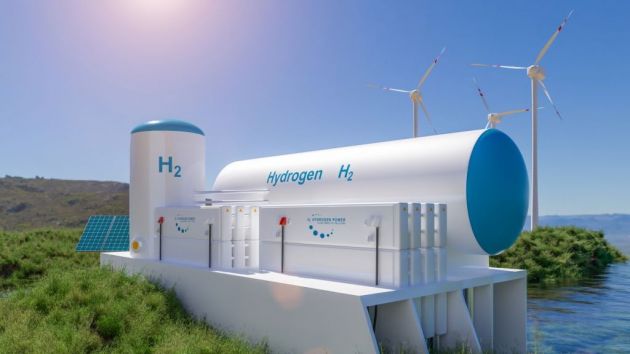Green Hydrogen New Source of Clean Energy in Serbia

– Hydrogen has been produced for 200 years now and the production technologies are not new. What is new is the role that hydrogen plays in energy, because it is considered the main factor that is supposed to enable the functioning of energy systems with a high share of solar and wind power plants, which is the long-term goal set by the world, the EU and Serbia. Green hydrogen is produced through an electrolysis procedure, which is also very well known, but with the condition of the electrical energy used for its production coming from renewable sources. That would store electrical energy and allow it to be used in the periods when there’s no wind or sunlight. Furthermore, hydrogen is neither toxic nor corrosive, and its combustion produces water, making it the most ecologically suitable fuel – Stojadinovic says for Politika.
When asked how much green hydrogen Serbia might produce and to what extent it would reduce the production of electricity from lignite, he answers:
– Considering that it is produced from water, the potentials are enormous, but the limiting factor is the production of electricity from renewable sources. The current production of power from solar and wind power plants in Serbia is not too significant relative to the electricity system of Serbia – its share is around 2.5%, but as this share increases, so will the need to store power and use green hydrogen. Now is the time to start thinking about it, because the construction of over 2,000 MW worth of wind farms in Serbia in the next five to ten years is being announced. If these projects were realized, it would have a considerable impact on the operations of the entire system and new requirements must be defined.
The key role of green hydrogen is in enabling a great share of renewable energy in our energy system, which means that it would certainly contribute to reducing the need for production of electricity from lignite, he says.
He also points out that the production requires investments in electrolysis devices and that the cost is around EUR 2 million per megawatt.
– At the moment, the biggest electrolysis device in the world, with a capacity of 10 MW, is being built at the refinery in Wesseling, Germany, and is expected to produce four tons of green hydrogen a day. Furthermore, the infrastructure for storage and supply needs to be built as well.
Who could use the energy produced this way?
Green hydrogen is perhaps most easily compared to the gas that we use in Serbia currently: it is transported the same way (gas pipelines, bottles, ships) – and can be used for the production of electricity, heating, or as fuel in transport. The hydrogen that the industry uses now is produced from natural gas, which involves the emission of large amounts of carbon-dioxide. The use of green hydrogen instead of hydrogen derived from fossil fuels, which is used now, is also possible in food, chemical or artificial fertilizer industry.
He adds that green hydrogen is included in the new draft law and, if it is adopted, it will be recognized as a renewable energy source (RES).
What is the price of this kind of clean energy in the EU, what is it most used for there and what is it produced from?
– The hydrogen that is used in the EU now is also fossil-derived. It was only last year that the EU adopted the strategy and set the goal of producing around a million tons of green hydrogen a year by 2024. The price of clean energy produced this way depends on the price of electricity and the way it is to be used, as well as the infrastructure necessary to deliver it to the consumers. For example, if green hydrogen is used as an engine fuel, in addition to the production, the storages need to be built, the hydrogen needs to be transported and the supply stations need to be established – Stojadinovic explains.
The commercial price of hydrogen from fossil fuel in Serbia, at the moment, is around 20 euros per kilogram, but the costs are expected to drop considerably as the consumption grows, as was the case with solar panels, the costs of which are now 10 times lower than 10 years ago.
Naš izbor
Most Important News
06.04.2024. | Agriculture
Preconditions for Placement of Fresh Blueberries and Dried Plums in Chinese Market Secured

16.04.2024. | News
Jovan Ciric, Leasing Director Retail MPC Properties – MPC Echo symbolizes our desire for good ideas and innovative endeavors to spread freely and bring about positive changes

16.04.2024. | News
10.04.2024. | Finance, IT, Telecommunications, Tourism, Sports, Culture
Creative Industry – What This Serbian Economy Sector Worth EUR 2 Billion Encompasses

10.04.2024. | Finance, IT, Telecommunications, Tourism, Sports, Culture
23.04.2024. | Construction, Transport
Tender for first section of Belgrade-Nis fast railroad from Velika Plana to Paracin announced

23.04.2024. | Construction, Transport
16.04.2024. | News
Economy Fair in Mostar opens – 26 companies from Serbia exhibiting

16.04.2024. | News
22.04.2024. | Industry, Transport
Serbia to develop project of “flying taxis” for EXPO with Airbus – Signing of memorandum announced

22.04.2024. | Industry, Transport


 Izdanje Srbija
Izdanje Srbija Serbische Ausgabe
Serbische Ausgabe Izdanje BiH
Izdanje BiH Izdanje Crna Gora
Izdanje Crna Gora


 News
News












